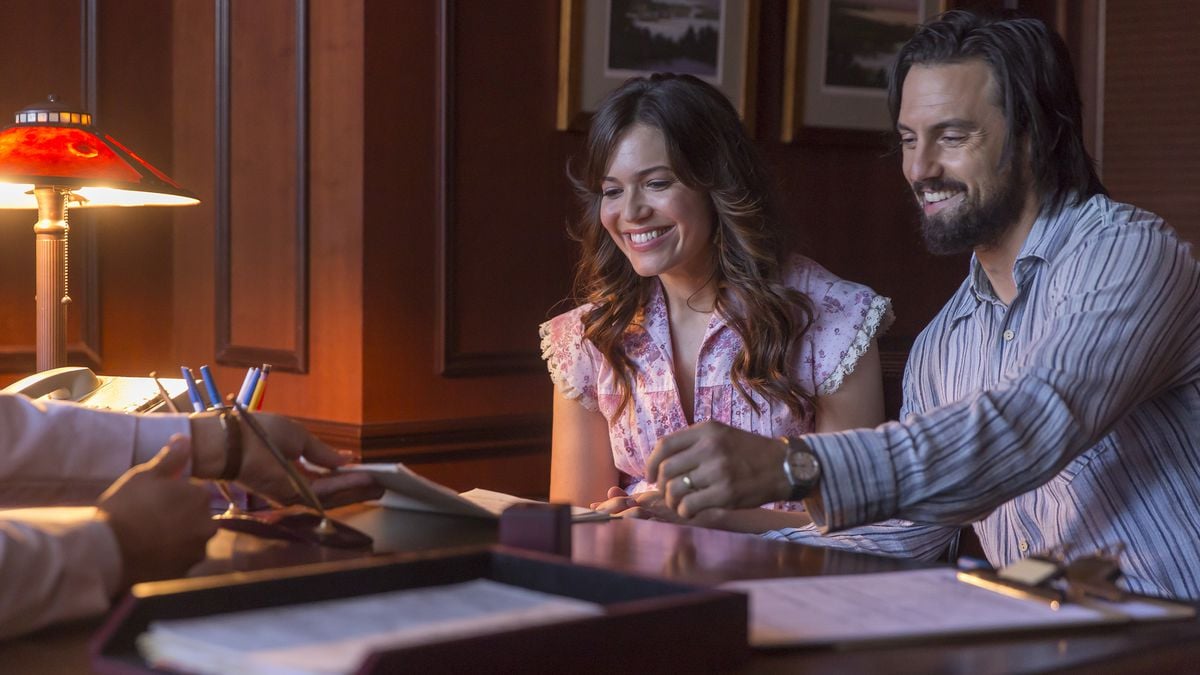
Many people don’t know what to do when it comes writing sitcoms. Many people end up making their sitcoms too dark or silly by not knowing what they're doing. Sitcoms must be well-researched and understood by the audience.
Humor that is character-driven
Character-driven comedy is a form if comedy that is more about the characters than the plot. The comedy revolves around the characters, and the relationships they have. This helps to make comedy more relatable and helps people relate to characters. This approach is used in a variety ways in sitcom shows.
In the early "hangout comedy" era, writers were more concerned about the energy and tone among the central group. Shows like "New Girl," for example, are great at letting the characters interact, banter, and have wacky conversations. While there are occasional glimpses of plot development, character arcs rarely dominate the series.

Situation comedy
The origins of television situation comedy are traced back to radio programming. Radio broadcasts started out as experiments and were often focused only on music, drama, public affairs, and other topics. Radio had already become America's primary entertainment medium by the 1960s. Amos & Andy, a comedy series which began on WMAQ Radio's in 1929, was among the longest-running US radio shows.
Radio began broadcasting situation comedy shows in the 1920s. The first broadcast of the comedy duo Sam & Henry was made by Clear Channel Network in Chicago. CBS quickly followed suit and the series was one of the most loved sitcoms of all time. Despite being American, sitcoms were exported to other countries and are still produced today.
Live-action sitcoms
If you are a fan live-action sitcoms, there is no shortage of options to watch on TV. Some of the most beloved sitcoms have survived for decades, while others have become timeless classics. "It's Always Sunny in Philadelphia," for instance, recently got renewed for a record-breaking fifteenth season, and "Seinfeld" has been running for nine seasons. The Simpsons and South Park are two of the longest-running animated adults comedy series. "It's Always Sunny", a live-action sitcom, has now become the longest-running series of television programming, surpassing Ozzie and Harriet.
Live-action sitcoms offer a great way to laugh. These comedies are often funny and have a witty, irreverent message. Many characters in these shows are flawed. But despite their flaws, they are still funny and endearing, and many fans find them to be relatable.

Running gags
Funny jokes (or 'running gags') are one of the best ways for viewers to stay entertained on sitcom shows. These jokes, which are repeated over and over again, gain more power as they become familiar to the audience. To be considered successful, a running gag must be repeated at most three times. Some popular sitcom shows feature running gags on a regular basis, while others use them only one or two times for maximum impact.
Running gags are usually limited to an episode. However, they can recur through a series. They can also be used in different forms, like the Lampshade Holding, Didn’t This Joke Already?, as well as the Running Gagged, which sees a character break the fourth wall to refer to the joke.
FAQ
What are the main styles of commercials available?
Television Commercials, Radio Commercials, & Print Ads are the three major types of commercials.
TV commercials typically last 30 seconds. They are used often to promote brand awareness.
Radio commercials are typically longer (usually one minute) than television commercials and are used primarily for product advertising.
Print ads are usually only 2-3 minutes long, and they're often targeted at specific audiences.
What is a TV Spot and How Does It Work?
A TV commercial is a brief advertisement (usually between 30-seconds) that is placed between program segments on a television network.
Most channels will show several TV spots each day. Each TV spot typically contains a single topic or theme and is often designed to promote a specific brand or company.
TV commercials may not only promote products or services; they can also be used by charities and events to market movies and music videos.
What does advertising do to influence consumer behavior?
Two main ways that advertisements influence consumer behavior are:
-
Advertising can lead us to associate certain things and brands with them. We might, for example, think that McDonald's hamburgers are better than Burger King's when we see an advertisement from McDonald's.
-
Advertisements are a guideline for what to do. If a commercial says to go to a shop to buy a car, it is likely that we will.
Are TV commercials targeted to target?
You can target ads by knowing what people are looking at it right now.
This means that if you want your message to reach people who watch football on Sunday afternoons then advertise during football games. You can reach people who watch movies on Friday night by advertising during movie times.
Advertising during prime-time television shows is a great way to reach people as they eat dinner.
Knowing what people do after seeing your ads is key. It means being able to see what programs they are watching.
New technologies such as streaming video and DVRs are making data more accessible.
Remember that everyone is unique and has different preferences. So it's impossible to predict exactly which program someone will watch next.
That's why it's important to test different types of ads. Based on real-world feedback, you'll discover which type of ads works best.
How much does it cost for a commercial to be produced?
Production costs money for a commercial. It all depends on how long the spot is, the number and location of the actors, and the cost of production.
In general , a 30 second commercial costs $20,000-$40,000.
Statistics
- This includes 97 percent of Gen X, and 95 percent of Millennials. (marketingevolution.com)
- Television is a great brand awareness tool - Almost every American has a television, with 83 percent of adults having two or more, and American households keep their televisions on for 8.1 hours each day on average. (marketingevolution.com)
- Video-ad views on OTT (over-the-top) devices grew 63% year over year in Q3 2016, and the trend is expected to continue, further crippling traditional TV advertising. (clearcode.cc)
- To get estimated costs for airing a 60-second TV commercial in different regional markets, check out the following figures in this TV ad pricing chart from the media experts at Casual Precision. (fitsmallbusiness.com)
- In fact, when the ad first launched, Dos Equis quickly became one of the fastest-growing beers, increasing its sales by over 22%. (qualitylogoproducts.com)
External Links
How To
How do I buy TV time?
First, make sure you have an idea of a show that people would enjoy watching. You don't have to buy airtime if you don’t have an idea. You can pitch ideas to local stations. They are often in search of original content.
If you're fortunate enough to be offered free airtime by a station, make sure you research their past performances. You might find something you can use from these shows.
Next is to create a screenplay. Make sure it's well-written and structured. It doesn't matter how much time it takes to write, so long as the work is completed in a reasonable amount.
Finalize the script and send it to your station. You can tell them about yourself, your motivations for making this show successful, and the format you would prefer.
You may also need to give references (like other shows they've produced), as well as examples of any scripts that you've previously written.
Once you get a response, you'll know if you've got a shot at getting the show aired. You can contact the show's producer directly to receive a response.